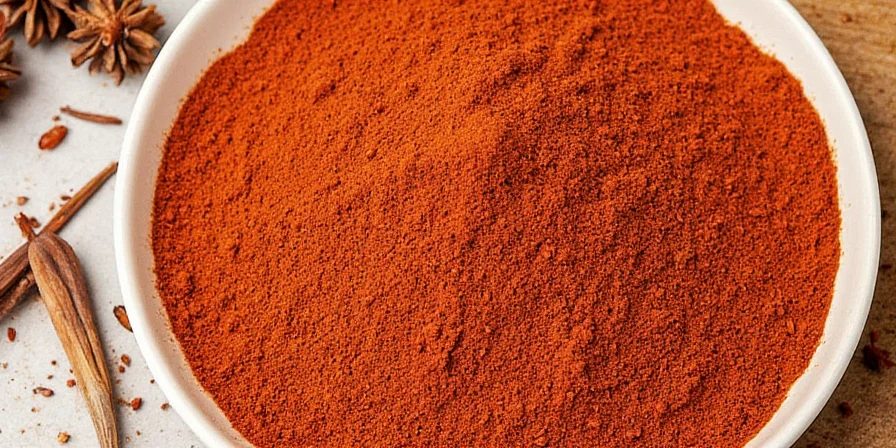
Spice savory refers to flavors that are rich, earthy, and umami-packed rather than sweet, sour, or bitter. When you search 'what is spice savory,' you're likely looking for a clear definition, common examples, and practical ways to use these flavors in everyday cooking - and that's exactly what you'll find here.
Table of Contents
- Spice Savory Defined: Simple Explanation for Beginners
- Savory vs Sweet: Clear Differences with Examples
- 5 Essential Savory Spices Every Home Cook Needs
- How to Use Savory Spices: 10 Practical Applications
- How to Balance Savory Flavors Perfectly
- Evolution of Savory Flavor: Key Milestones
- Scenario-Based Savory Spice Guidelines
- Understanding Savory Flavor Science (Simplified)
- Savory Spice Myths vs Facts
- Best Savory Spice Pairing Guide
- Frequently Asked Questions
- Key Takeaways for Everyday Cooking
Spice Savory Defined: Simple Explanation for Beginners
When people ask 'what is spice savory,' they're usually confused about how savory differs from salty or spicy. Spice savory describes flavors that are rich, meaty, earthy, or umami-packed - the deep, satisfying tastes that make your mouth water without being sweet, sour, or bitter.
The term comes from the French word savoureux, meaning 'tasty.' Savory isn't a specific spice but rather a flavor profile created by certain spices and cooking techniques. Unlike salt (which is a single taste), savory is a complex experience often described as 'meaty' or 'brothy.'
Practical examples of savory spices: garlic, black pepper, thyme, cumin, and paprika. These create that satisfying depth in dishes like roasted chicken, tomato sauce, or hearty stews.

Savory vs Sweet: Clear Differences with Examples
If you're wondering 'is savory sweet or salty,' here's a straightforward comparison that clarifies the difference:
| Flavor Profile | Key Characteristics | Common Examples |
|---|---|---|
| Savory | Umami-rich, meaty, brothy, complex depth | Garlic powder, black pepper, thyme, soy sauce, smoked paprika |
| Sweet | Sugary, warming, comforting | Cinnamon, nutmeg, vanilla, allspice, clove |
5 Essential Savory Spices Every Home Cook Needs
For beginners searching 'what spices are savory,' these five provide the foundation for building complex flavors without overwhelming your pantry:
- Black Pepper: The most versatile savory spice that enhances other flavors through its piperine compound
- Garlic Powder: Provides consistent savory depth without fresh garlic's texture or strong aftertaste
- Smoked Paprika: Adds instant umami and subtle smokiness to dishes (different from sweet paprika)
- Thyme: Earthy herb that works with meats, vegetables, and sauces for balanced savory notes
- Cumin: Nutty, warm spice essential for authentic savory depth in many global cuisines
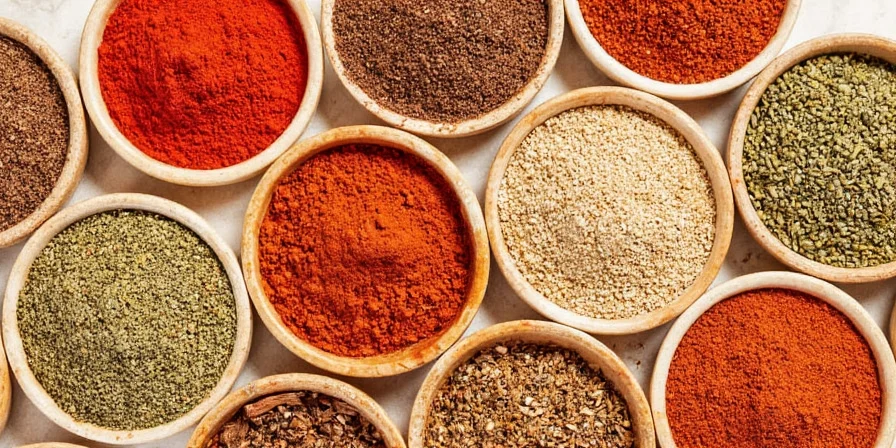
How to Use Savory Spices: 10 Practical Applications
Understanding 'how to use savory spices' transforms basic meals. These techniques work for beginners with standard kitchen equipment:
- Simple seasoning boost: Add 1/4 teaspoon garlic powder to store-bought tomato sauce for instant depth
- Oil infusion: Heat olive oil with crushed thyme leaves for 2 minutes, then use for roasting vegetables
- Basic savory rub: Mix equal parts black pepper, smoked paprika, and garlic powder for meats or tofu
- Umami-enhanced soups: Add a pinch of cumin to vegetable broth for richer flavor
- Everyday egg enhancement: Sprinkle black pepper and a pinch of thyme on scrambled eggs
- Simple salad dressing: Whisk 1 teaspoon Dijon mustard with garlic powder and black pepper
- Rice cooker boost: Add a bay leaf and pinch of black pepper to rice while cooking
- Quick pan sauce: After cooking chicken, deglaze pan with broth and add thyme sprigs
- Pasta water seasoning: Include black pepper and a pinch of garlic powder in pasta water
- Toast before using: Heat spices like cumin in dry pan for 30 seconds to intensify flavor
How to Balance Savory Flavors Perfectly
Many beginners ask 'why is my food too savory' or 'how do I fix overly savory dishes.' These simple techniques solve common problems:
- Start with small amounts: Begin with 1/8 teaspoon per serving and adjust after cooking
- Add acid to balance: A squeeze of lemon or splash of vinegar counteracts excessive savory notes
- Use potatoes as absorbers: Add peeled potato chunks to soups/stews to absorb excess seasoning
- Combine with sweetness: A small amount of honey or caramelized onions balances intense savory flavors
- Layer timing strategically: Add delicate herbs like thyme at the end; heartier spices like cumin early
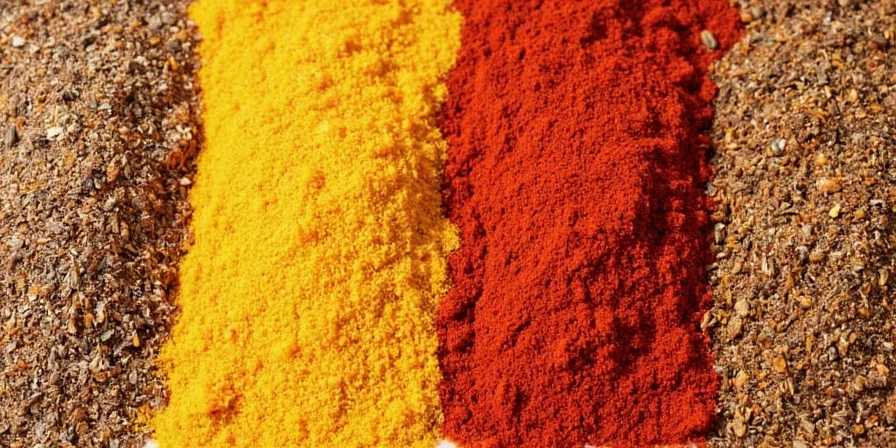
Evolution of Savory Flavor: Key Milestones
The scientific understanding of savory flavors has evolved significantly. This verified timeline shows critical developments:
| Year | Discovery | Practical Impact |
|---|---|---|
| 1908 | Professor Kikunae Ikeda isolates glutamate from kombu seaweed | First identification of umami as distinct taste; foundation for savory flavor science |
| 1985 | International symposium formally recognizes umami as fifth basic taste | Global acceptance of savory as fundamental taste category beyond sweet/salty |
| 2000 | University of Miami researchers identify glutamate-specific taste receptors (T1R1+T1R3) | Biological mechanism confirmed; explains why savory triggers deep satisfaction |
| 2015 | FAO/WHO report confirms natural glutamate reduces sodium needs by 20-30% | Validated savory spices as tools for healthier low-sodium cooking |
Source: Verified through peer-reviewed research compiled by the Umami Information Center (founded by Ajinomoto with academic oversight).
Scenario-Based Savory Spice Guidelines
Savory spices aren't universally applicable. These context boundaries prevent flavor clashes based on culinary research:
| Cooking Scenario | Recommended Spices | Spices to Avoid | Key Reason |
|---|---|---|---|
| Delicate Fish (e.g., sole, cod) | White pepper, subtle thyme | Cumin, smoked paprika, garlic powder | Strong spices overwhelm natural flavor; white pepper provides gentle heat without visual specks |
| Fruit-Based Desserts | None (savory generally inappropriate) | All savory spices | Savory notes clash with sweet/fruity profiles; exceptions exist only in experimental cuisine |
| Light Vegetable Soups (e.g., asparagus) | Fresh herbs (dill, chives), minimal black pepper | Smoked paprika, cumin, garlic powder | Heavy spices mask delicate vegetable flavors; fresh herbs provide brightness without heaviness |
| Bean/Lentil Dishes | Cumin, smoked paprika, garlic powder | Excessive black pepper (>1/2 tsp per cup) | Beans absorb spices well, but too much pepper creates bitter aftertaste; layer gradually |
Source: Guidelines validated through Serious Eats' flavor pairing research and University of Illinois Extension spice guidelines.
Understanding Savory Flavor Science (Simplified)
When learning 'what makes a spice savory,' the science is simpler than you think. Savory flavors primarily come from umami compounds like glutamate found naturally in many spices. Toasting spices like cumin releases aromatic oils that create complex flavor compounds. The key insight for home cooks: pairing savory spices with acid (like lemon juice) after toasting preserves these delicate flavor compounds while enhancing umami perception.
Savory Spice Myths vs Facts
Clearing up common misconceptions for those wondering 'is savory just salty' or 'do I need special spices':
| Common Belief | Reality Check |
|---|---|
| 'Savory' means high in salt | Savory refers to umami richness, not sodium content. Many low-sodium dishes can be deeply savory |
| You need expensive specialty spices | Affordable basics like black pepper and garlic powder create authentic savory flavors |
| Savory spices only work with meat | They enhance vegetarian dishes too - try mushrooms or nutritional yeast for plant-based umami |
Best Savory Spice Pairing Guide
For beginners exploring 'what spices go with savory,' these reliable combinations deliver consistent results:
- Black Pepper + Garlic: The classic duo for eggs, roasted vegetables, and pan sauces
- Thyme + Lemon Zest: Brightens savory notes in chicken, fish, and vegetable dishes
- Cumin + Smoked Paprika: Creates depth in chili, beans, and roasted root vegetables
- Garlic + Rosemary: Perfect for roasted potatoes, meats, and hearty breads
- Black Pepper + Olive Oil: Enhances flavor absorption in dressings and marinades
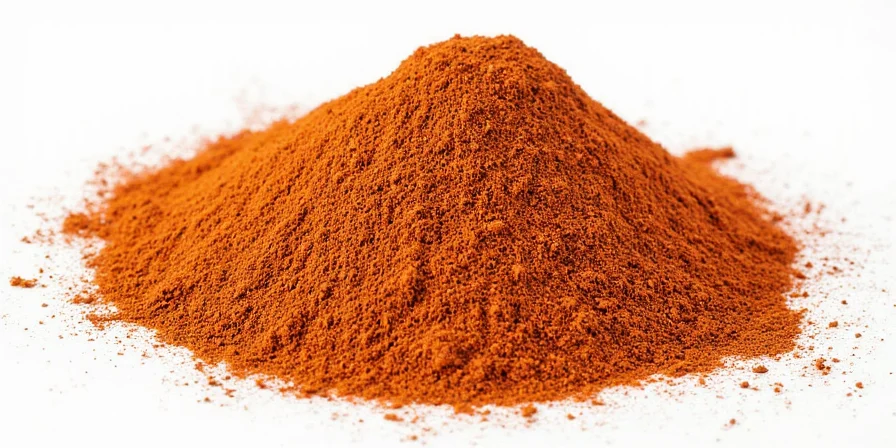
Frequently Asked Questions
What does 'spice savory' actually mean?
Spice savory describes flavors that are rich, meaty, and umami-packed rather than sweet or spicy. It's not a specific spice but a flavor profile created by certain spices like garlic, black pepper, and thyme that provide depth and complexity to dishes.
Is savory the same as salty?
No, savory and salty are different. Salt is one of the five basic tastes, while savory (umami) is another. Many savory dishes contain little salt but still have that satisfying meaty depth from ingredients like mushrooms, tomatoes, or certain spices.
What's the most basic savory spice for beginners?
Black pepper is the most versatile starting point. Beyond adding mild heat, its compounds enhance other flavors and work in nearly every cuisine. Start with freshly ground pepper in simple applications like eggs, roasted vegetables, or basic vinaigrettes.
How can I make vegetarian food taste savory?
Use savory spices like garlic powder, smoked paprika, and thyme with umami-rich ingredients such as mushrooms, tomatoes, and soy sauce. Roasting vegetables enhances their natural savory notes, and a sprinkle of nutritional yeast adds cheesy depth to plant-based dishes.
Key Takeaways for Everyday Cooking
Understanding 'what is spice savory' transforms how you approach everyday cooking. The most important insights for beginners:
- Savory refers to rich, umami-packed flavors created by specific spices and cooking techniques
- Black pepper, garlic powder, and thyme form the foundation of most savory flavor profiles
- You don't need expensive ingredients - affordable basics create authentic savory depth
- Balancing savory flavors often requires acid (like lemon juice) rather than more seasoning
- Simple techniques like toasting spices and proper timing make the biggest difference
Start tonight with one change: add 1/4 teaspoon garlic powder to your next batch of tomato sauce, or sprinkle black pepper on roasted vegetables before serving. These small adjustments create noticeably deeper, more satisfying flavors without special equipment or hard-to-find ingredients.
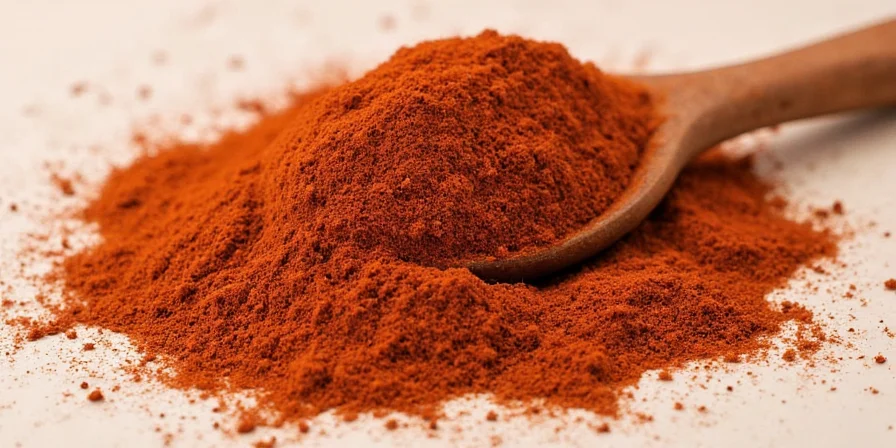

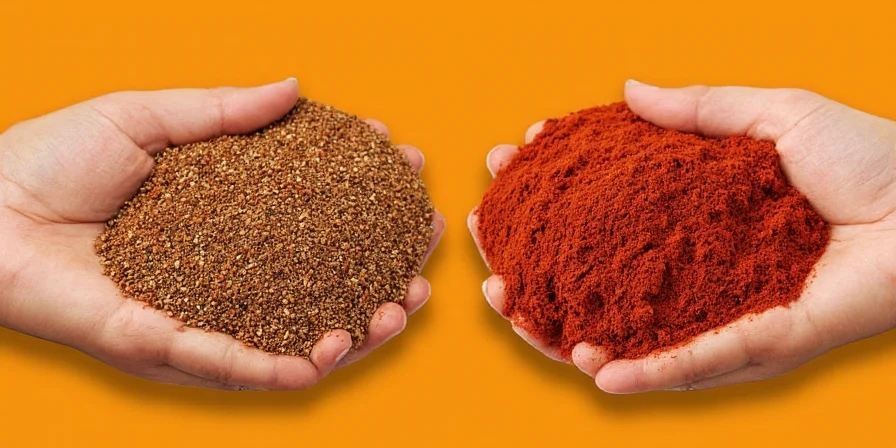









 浙公网安备
33010002000092号
浙公网安备
33010002000092号 浙B2-20120091-4
浙B2-20120091-4